Electrode Fatigue Testing | Evaluation of Anode Electrode Recoverability
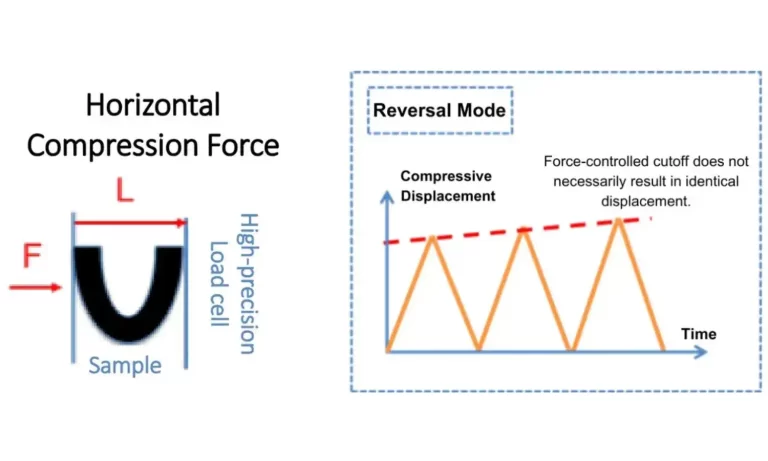
1. Background Electrode flexibility can…

1. Background Electrode flexibility can…
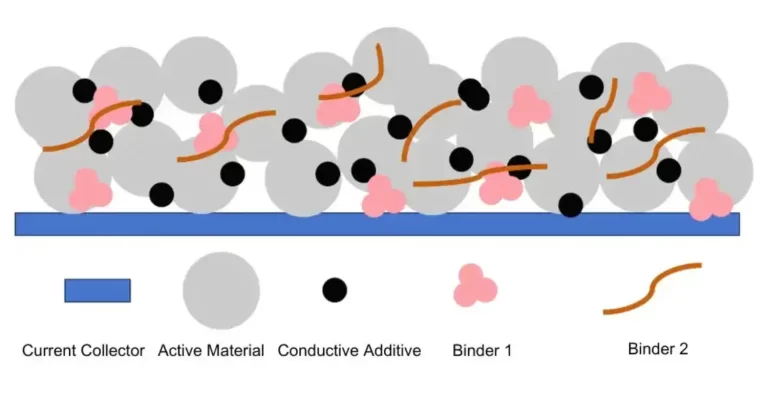
1. Introduction Lithium-ion batteries (…
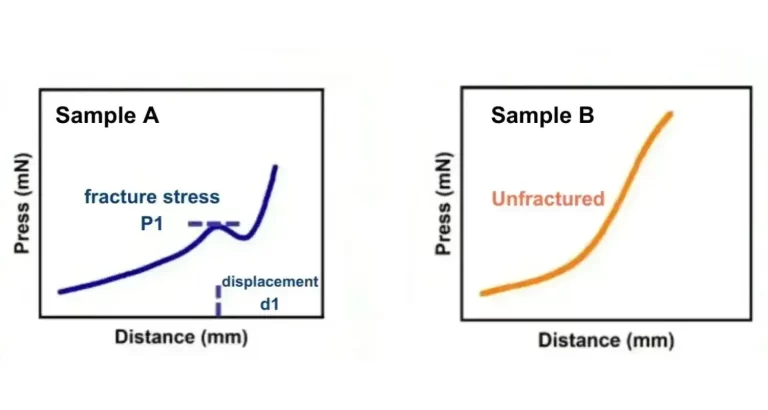
1. Introduction Lithium-ion batteries (…
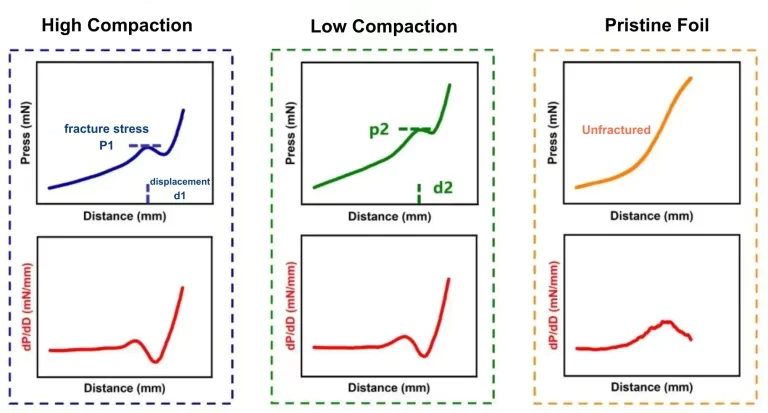
1. Background With the rapid advancemen…
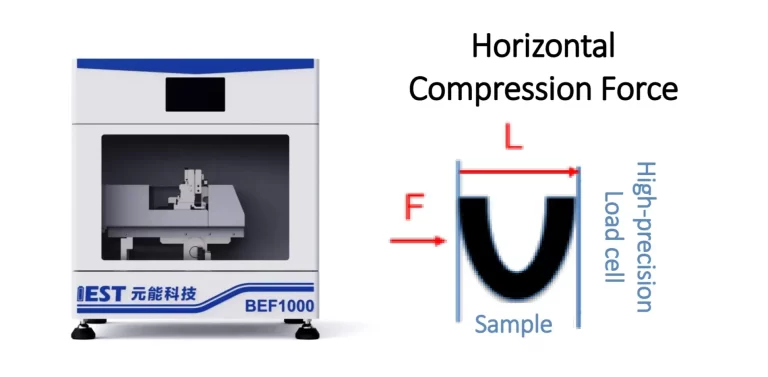
1. Introduction In battery research and…

1. Introduction Recently, research inde…

1. Article Information Article Name: Mo…
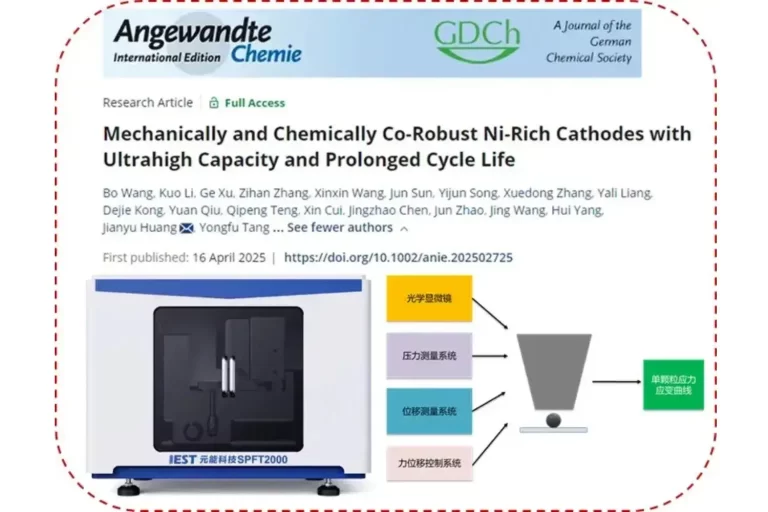
Title: Mechanically and Chemically Co-R…
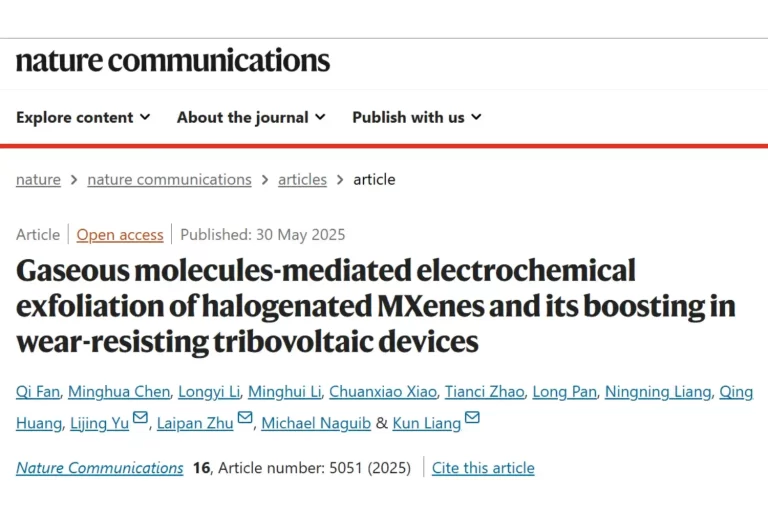
1. Article Information: Title: Efficien…
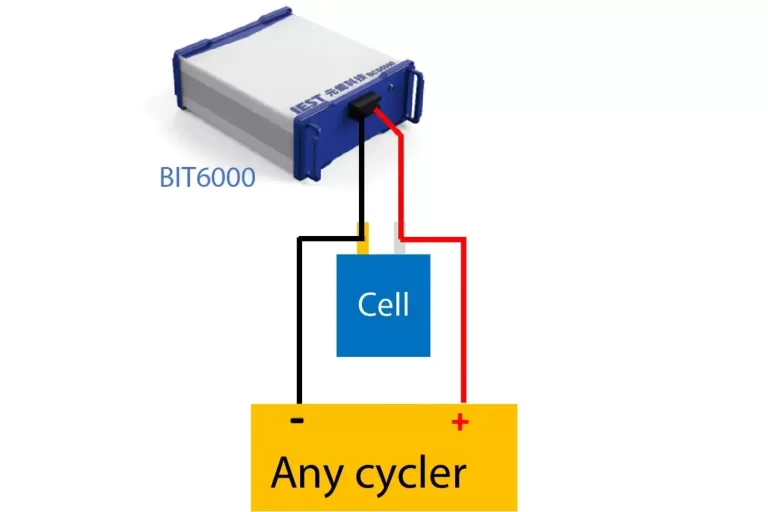
1. Introduction Electrochemical Impedan…